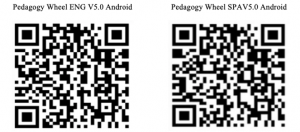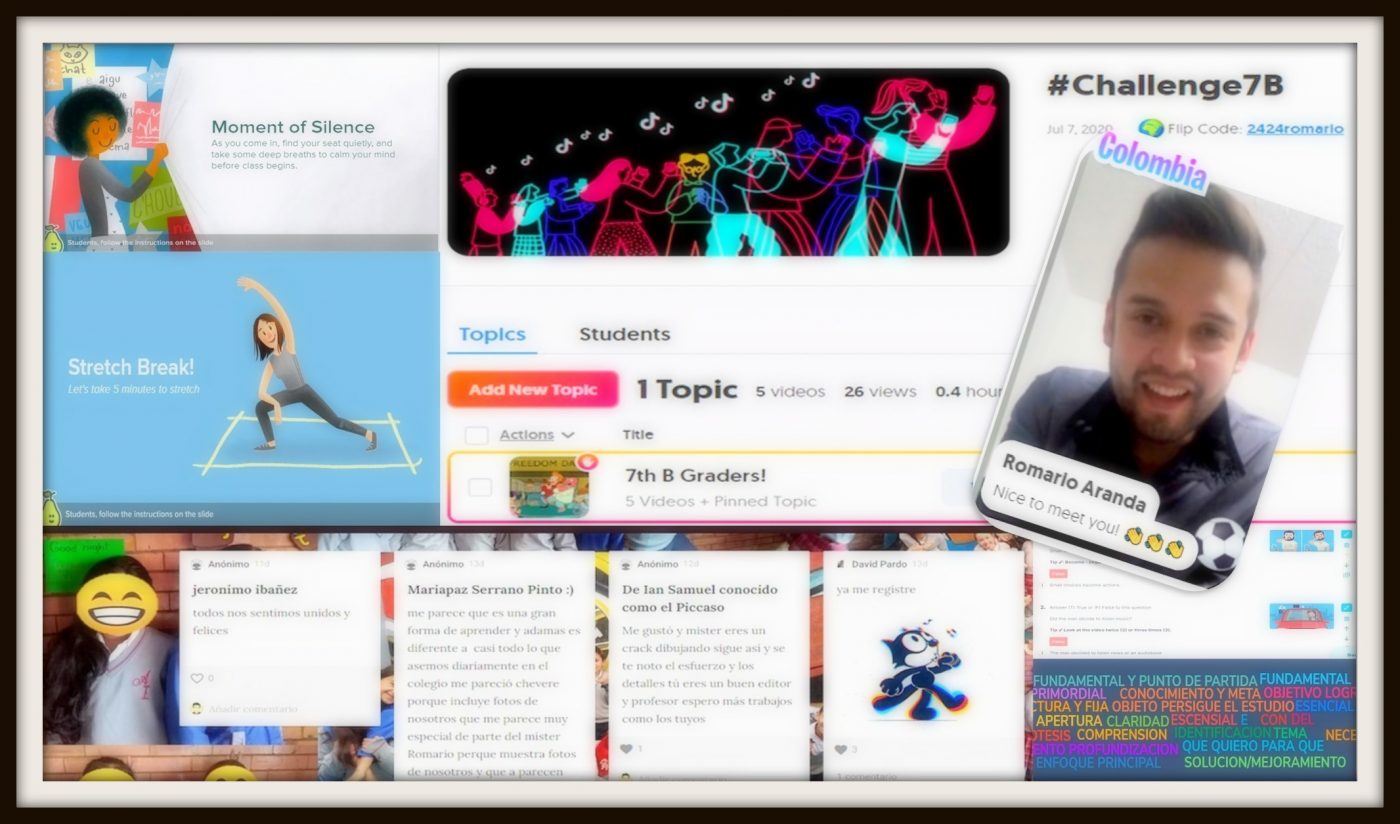12 de agosto de 2020
Emergency Remote Teaching: A Diversity of Remote Resources
Romario Aranda Rodríguez
Ensuring learning continuity has become an increasing issue due to the COVID-19 pandemic. It is particularly important the fact that many educational institutions in Colombia opted to cancel all face-to-face classes. As a consequence, teachers, students and families faced digital challenges in terms of digital skills, as well as social divides such as unemployed families, several brothers and sisters without an internet connection. All of these are additional issues concerned to the spread and threaten of COVID-19 in our country.
Nevertheless, many teachers did a heroic attempt to gain confidence about their own capacities, evincing a power of transformation and resilience to bring positive changes to students, communities, and society at large. On the same spirit, several reflections emerged from a strengthened relationship of families with the students learning process. Clearly, these aspects deemed a relevant issue in education as an opportunity to value and support teaching and learning.
There is a recent mode of instruction known as Emergency Remote Teaching (ERT henceforth) that may provide suitable online learning experiences. Hudges, Moore, Lockee, Trust and Bond (2020) affirmed that “is a temporary shift of instructional delivery to an alternate delivery mode due to crisis circumstances. It involves the use of fully remote teaching solutions for instruction or education” (p. 6). It is worth noticing that ERT not only yields a temporary access to education during the COVID-19 pandemic, but also promotes a remote support for instructional learning. Furthermore, maintaining instruction and ensuring learning during the COVID-19 pandemic suggests to think about the differences among ERT and traditional face-to-face, blended and virtual modes. In essence, since ERT is temporary, the aforementioned modes will return to normal once the emergency abates.
To respond to the school closure was a long process as a teacher, it was paramount to adapt myself to the use of digital platforms and tools. The most important aspect to be considered was finding contextualized and feasible solutions for my students’ needs. Also, it was quite demanding to evaluate the possibilities of diminish the digital challenges and gaps. In sum, the need to demystify the new ways of teaching and learning using online remote solutions and considering new educational scenarios emerged.
I propose remote solutions translated to digital platforms and educational content addressed in the ERT. I suggest to check the following resource: https://bit.ly/3feJasE it is well known as Pedagogy Wheel. It contains the last version 5.0 and includes the SARM Model described as follows (a) Substitution: Technology substitutes a tool and there are not functional challenges; (b) Augmentation: Technology substitutes a tool with functional improvement; (c) Modification: Technology enables significant task redesign and (d) Redefinition: Technology enables new tasks previously inconceivable. Moreover, it includes a list of Bloom’s Digital Taxonomy Verbs and integrates activities and apps to be socialized with other teachers and implemented with students.
Finally, I recommend searching and revising the online remote resources listed below. Based on my experience, these resources became fruitful since enabled to meet learning goals and my students used them effectively to accomplish daily tasks during these days. I would like to invite you warmly to Scan these QR Codes available in two versions spanish and english to explore infinite possibilities encompassed by the Pedagogy Wheel.


______________________
References
Hodges, C., Moore, S., Lockee, B., Trust, T. & Bond, A. (2020). The difference between emergency remote teaching and online learning. Educause Review. Retrieved from: https://bit.ly/3b0Nzx7


